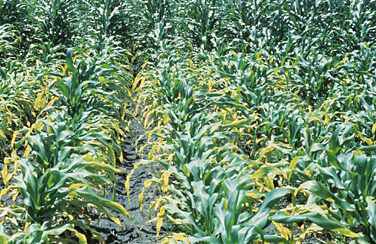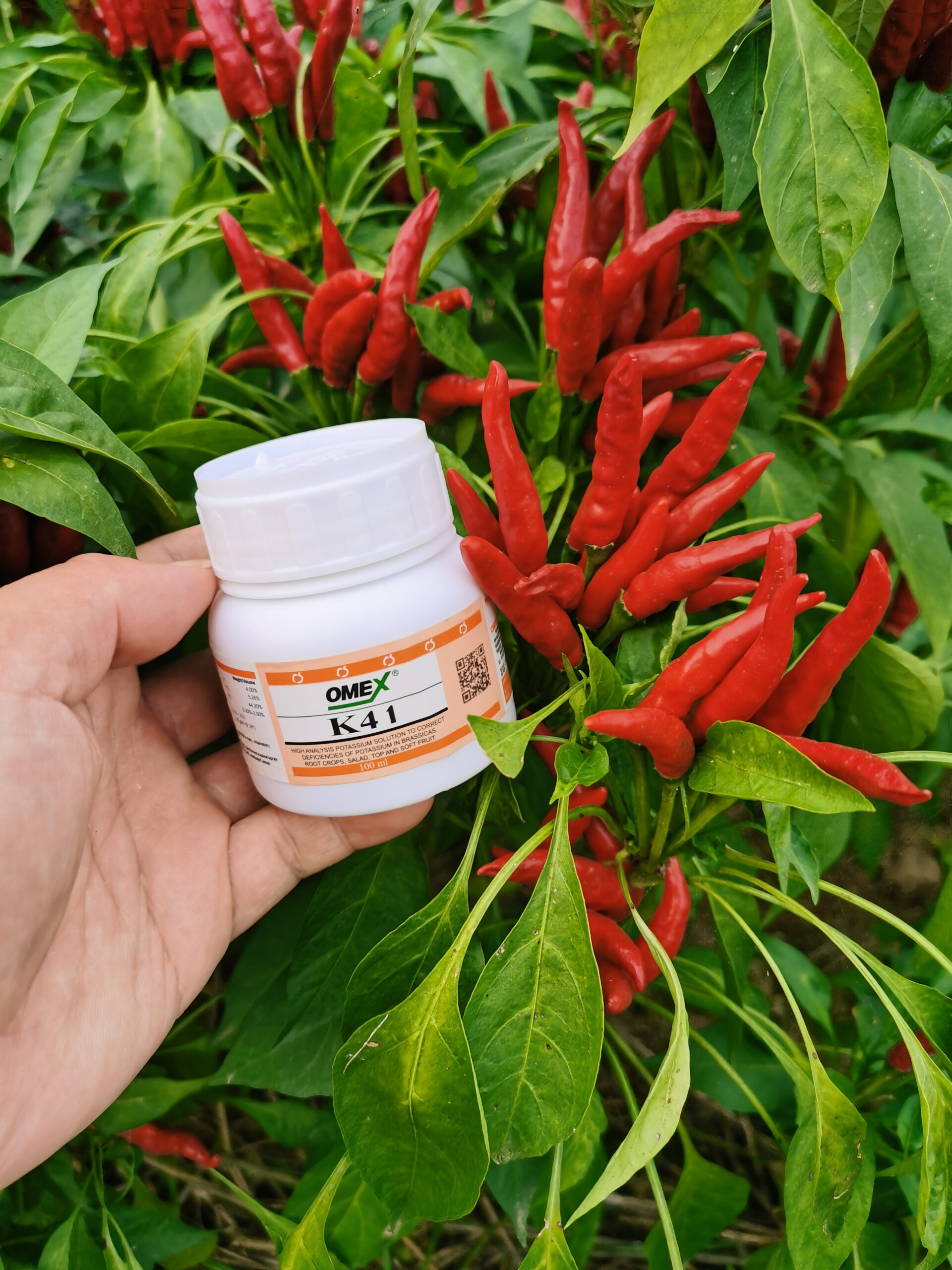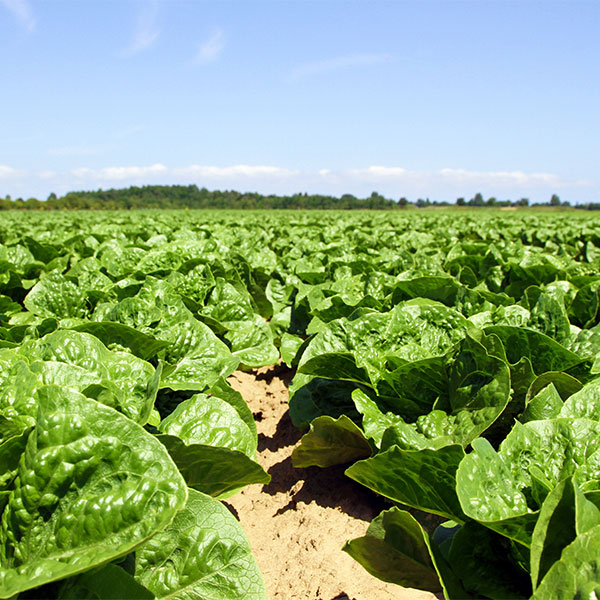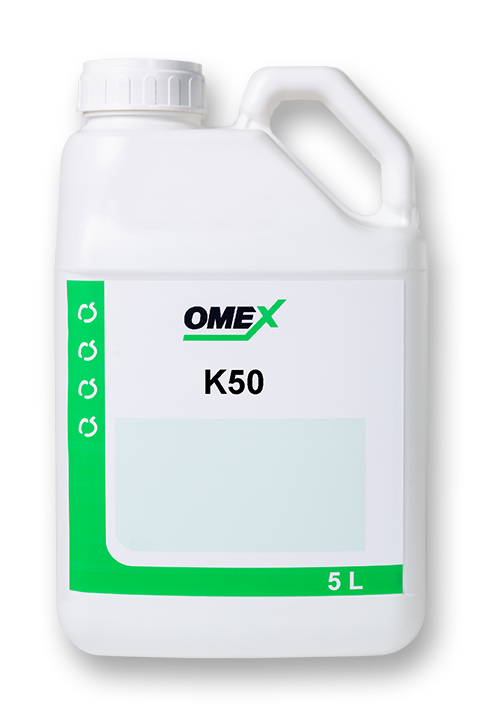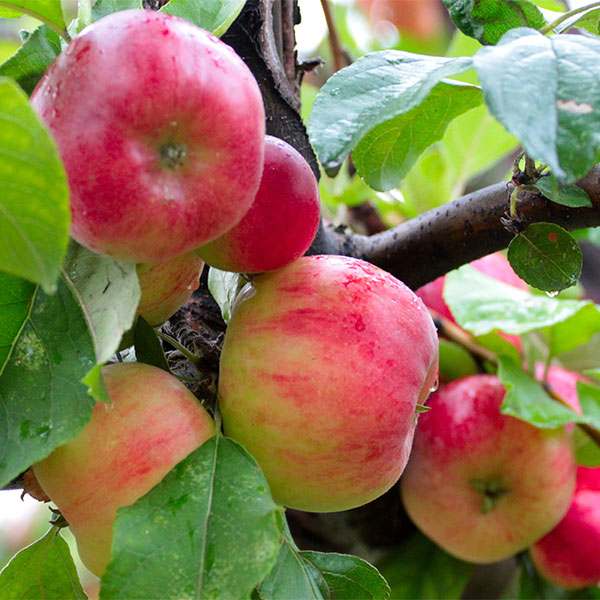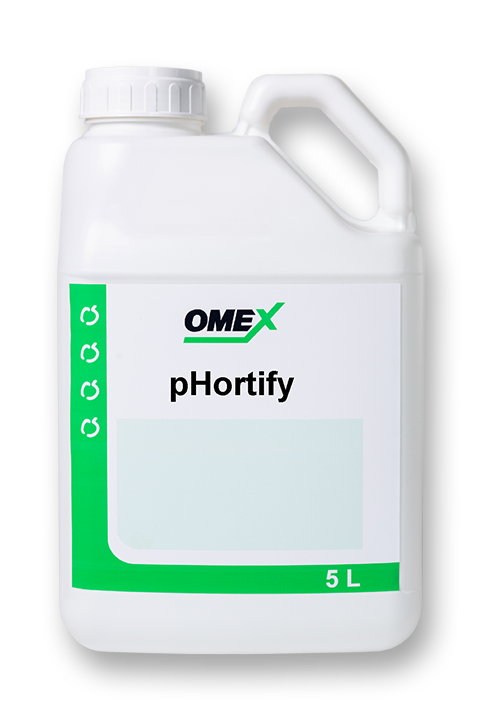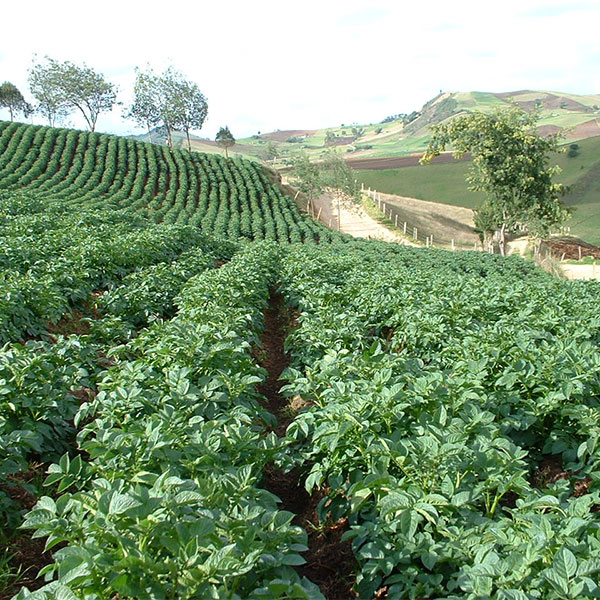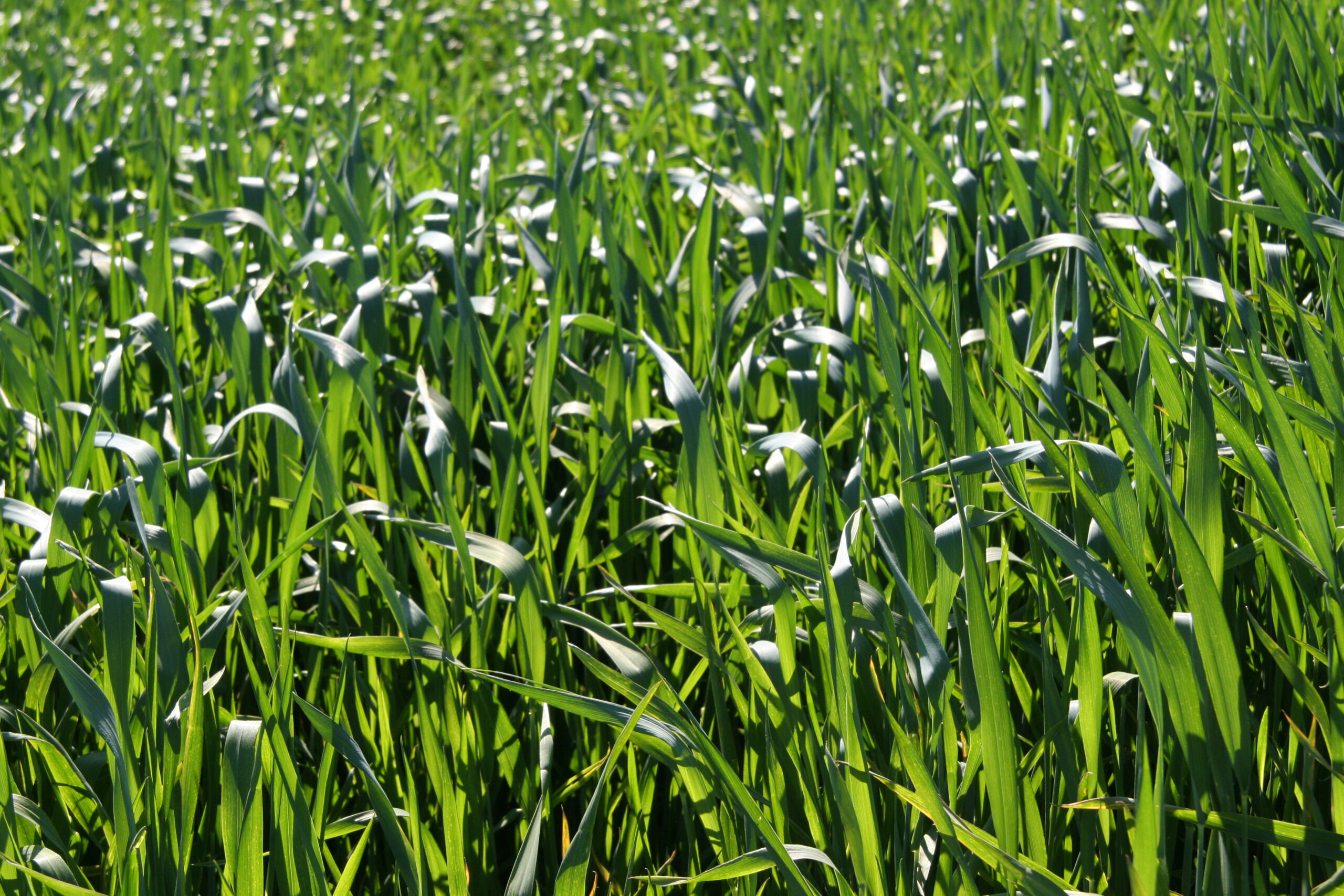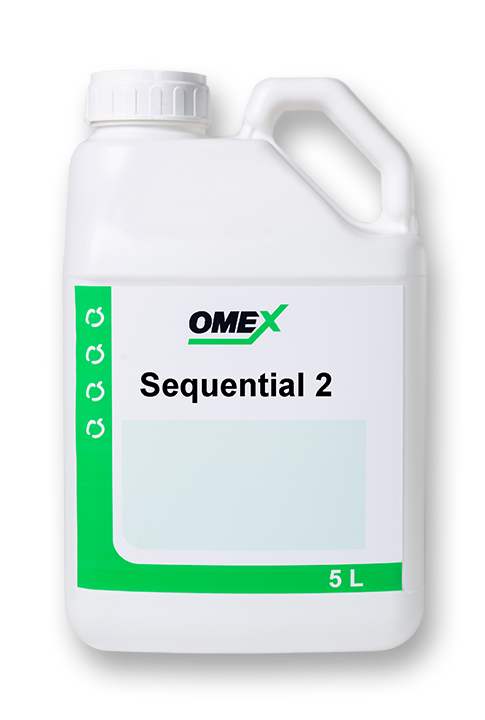Potassium nutrient deficiency in plants
Form
Taken up as cationic K+ Potassium is central to the production of carbohydrate and the movement of both water and nutrients through the plant.
Function
Potassium influences canopy expansion, water uptake and the set, size and sugar content of fruit. In addition, leaf Potassium levels can influence Nitrogen metabolism, plant structure and tolerance to drought. Low Potassium status can result in poor disease resistance.
Symptoms
Often termed “Hidden Hunger” as plants fail to thrive, Potassium stress is typically seen on the leaf tips and margins of older leaves, which turn from green to yellow, eventually becoming brown and necrotic. Plants tend to be slower growing, lax and more prone to heat/water stress.
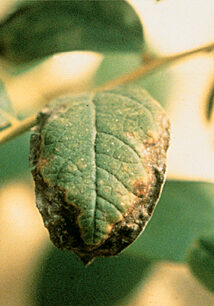
Blueberry leaf with marginal scorching due to potassium deficiency. Source: APS Digital Image Collections.
Significance
Potassium nutrient deficiency tends to affect plant development and yield building from flowering onwards, leading to poor fruit set with low dry matter and sugar production. Potassium is required in the largest amount of any nutrient and soil supply often fails to meet plant demand, especially during periods of heat stress. Potassium nutrient deficiency is often worse in alkaline soils or following applications of Magnesium-based lime or fertiliser.
Actions
Check soil status and correct if necessary. Time fertilizers to match plant demand. Foliar fertilizer treatment from flowering onwards, or in response to symptoms can be very effective in maintaining plant growth and health.
If you require any further information about deficiency problems or any of our products please get in touch ????

